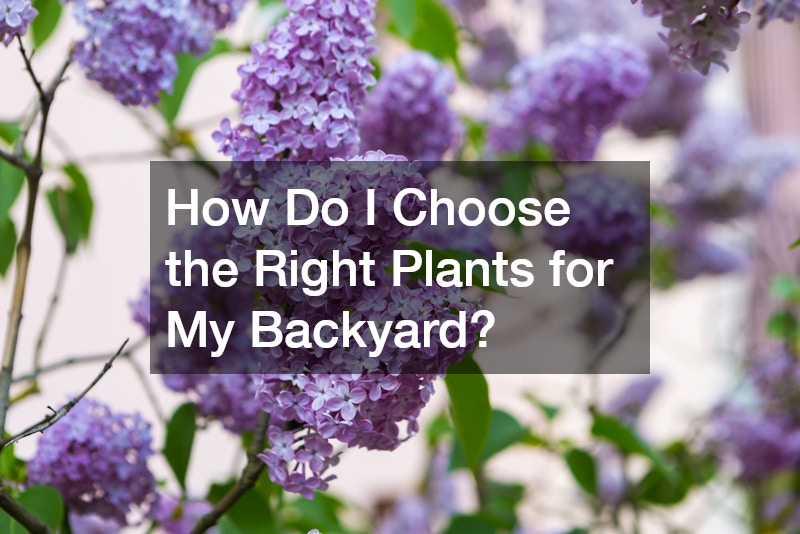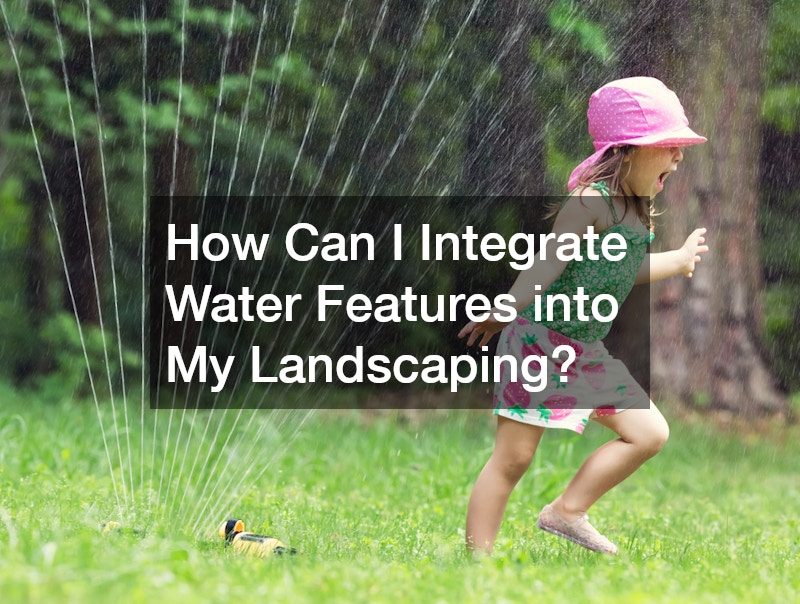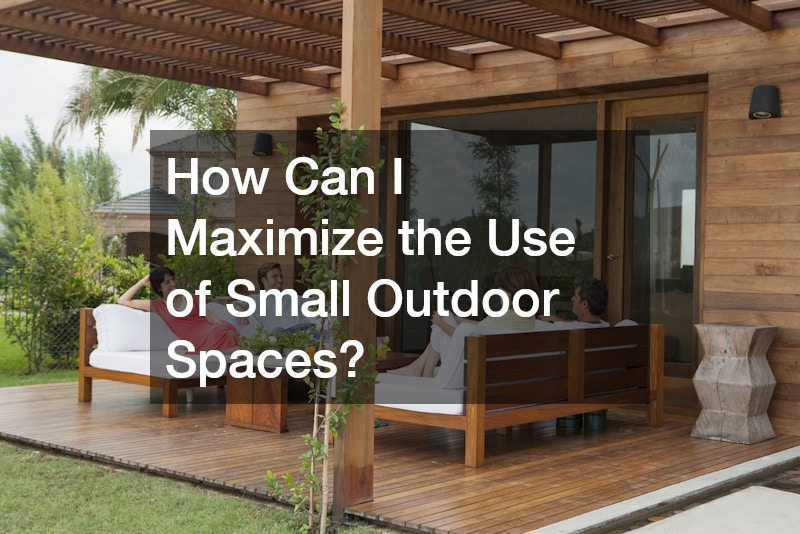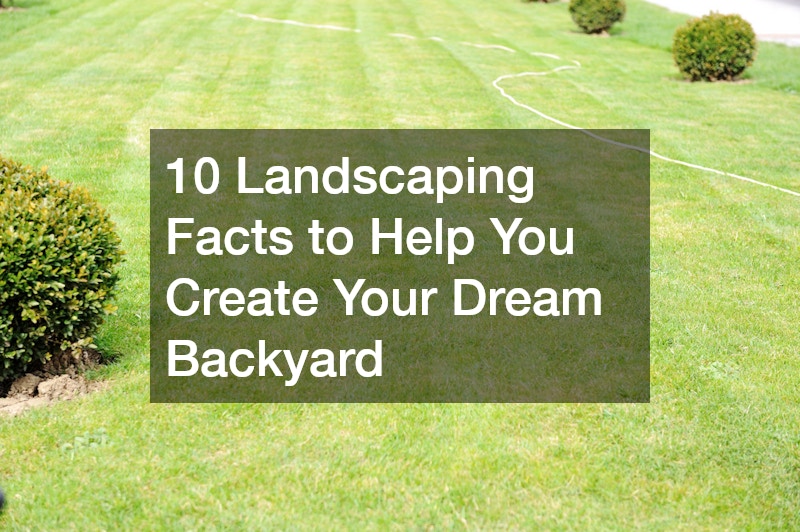Creating a beautiful, functional outdoor space requires creativity, knowledge, and a little effort. Whether you’re working with a small yard or a sprawling garden, understanding the nuances of landscaping facts can help you craft your dream backyard. Landscaping is about more than just aesthetics; it’s a blend of art and science that enhances your home’s value, improves environmental health, and creates a personal sanctuary for relaxation and enjoyment.
Transforming your backyard into the ultimate retreat starts with discovering the right strategies and concepts. This guide delves into the most fascinating landscaping facts to inspire your design journey. From cost-effective ideas and sustainability to cutting-edge trends and professional tips, we cover everything you need to know to bring your vision to life. Whether you’re a seasoned DIY enthusiast or considering professional help, the knowledge here will empower you to create an outdoor space that complements your lifestyle and aligns with your goals.
1. What are the Most Cost-Effective Landscaping Ideas?
Transforming your backyard doesn’t have to break the bank. With strategic planning and resourceful approaches, you can achieve stunning results.
1.1 Xeriscaping Techniques
Xeriscaping is an excellent way to reduce water consumption while creating an aesthetically pleasing garden. By using drought-tolerant plants and designing landscapes that minimize water usage, you can save money on irrigation and maintenance. This technique is particularly beneficial in arid climates and aligns well with sustainable landscaping facts.
1.2 Incorporating Native Plants
Local flora thrives in your region’s specific climate and soil conditions, making it a low-maintenance and cost-effective option. Consulting a local arborist can help you identify native species that will enhance your garden’s beauty while supporting local ecosystems.
1.3 DIY Hardscaping Options
Hardscaping, such as building walkways or patios, can be a rewarding DIY project. Patio pavers are versatile, affordable, and easy to install, making them a popular choice for homeowners looking to improve their outdoor areas without hiring professionals.
1.4 Utilizing Seasonal Discounts
Landscaping materials and plants often go on sale during the off-season. Purchasing items during these periods can help you save significantly while ensuring you get high-quality products for your backyard.
1.5 Upcycling Materials for Unique Features
Upcycling materials like old bricks, wood pallets, or metal scraps add character and sustainability to your backyard. You can create custom planters, furniture, or even garden decorations, giving your space a personalized touch.
2. How Does Landscaping Increase Property Value?
Investing in landscaping can yield a high return, as it boosts curb appeal and overall property value.
2.1 Curb Appeal Enhancements
First impressions matter, and a well-maintained landscape creates a welcoming feel for potential buyers. Clean pathways, vibrant flower beds, and neatly trimmed lawns contribute to an inviting exterior.
2.2 Sustainable Landscaping Practices
Eco-friendly designs, such as rain gardens or xeriscaping, not only save resources but also appeal to environmentally conscious buyers. Lawn care companies often recommend such practices for long-term sustainability.
2.3 Strategic Tree Planting
Trees provide shade, improve air quality, and reduce energy costs by cooling your home during summer. A professional tree trimming contractor can help you plant and maintain trees for optimal growth and aesthetics.
2.4 Landscape Lighting Benefits
Outdoor lighting enhances your yard’s ambiance and safety, particularly in pathways and seating areas. It also highlights your property’s best features, making it more attractive during evening hours.
2.5 Low-Maintenance Designs
A backyard that is easy to maintain is a strong selling point. Opting for perennial plants, efficient irrigation systems, and durable materials ensures your outdoor space remains attractive with minimal effort.
3. What are the Latest Trends in Landscaping Design?
Modern landscaping facts blend functionality with innovative designs to create stunning outdoor spaces.
3.1 Outdoor Living Spaces
Outdoor kitchens, lounges, and fire pits are becoming staples in backyard design. These spaces encourage socializing and make your yard an extension of your living area.
3.2 Vertical Gardens
Vertical gardening is perfect for maximizing space while adding greenery to walls and fences. Quality raised garden beds and hanging planters provide functional and stylish solutions for small spaces.
3.3 Smart Irrigation Systems
Automated irrigation systems that detect soil moisture levels save water and ensure your plants are always hydrated. These systems are perfect for tech-savvy homeowners seeking efficiency.
3.4 Biophilic Design Elements
Biophilic design incorporates natural elements into man-made environments, fostering a connection to nature. Features like green roofs, living walls, and natural materials add a serene touch to your yard.
3.5 Edible Landscaping Trends
Combining beauty and utility, edible landscaping incorporates fruits, vegetables, and herbs into your garden. This trend allows you to enjoy fresh produce while maintaining a stunning landscape.
4. How Do I Choose the Right Plants for My Backyard?
Selecting the right plants is crucial for a thriving and visually appealing garden.

4.1 Understanding Plant Hardiness Zones
Your local plant hardiness zone determines which plants can survive year-round in your area. Researching these zones ensures that your garden remains lush throughout the seasons.
4.2 Soil and Sunlight Requirements
Different plants have specific needs regarding soil type and sunlight exposure. A pergola installation service company will often suggest building structures that provide adjustable shade for versatile planting options.
4.3 Combining Color and Texture
A mix of colors, shapes, and textures adds depth to your garden. Combining vibrant flowers with leafy greens creates a balanced and eye-catching design.
4.4 Encouraging Pollinators
Plants like lavender, sunflowers, and milkweed attract bees, butterflies, and other pollinators. Incorporating these species not only supports biodiversity but also enhances your garden’s vitality. A pest control company can advise on managing harmful pests while protecting beneficial insects.
4.5 Seasonal Plant Selection
Choosing plants that bloom at different times ensures year-round interest in your garden. Incorporating a mix of evergreens, perennials, and seasonal flowers creates a dynamic landscape.
5. What is the Best Way to Handle Backyard Drainage?
Proper drainage is essential for maintaining the health and usability of your backyard. Without it, standing water can lead to soil erosion, root rot in plants, and even structural damage to your home. By addressing drainage issues proactively, you can protect your landscaping investment and ensure your outdoor space remains functional and attractive.
5.1 Identifying Drainage Issues
The first step in managing backyard drainage is recognizing the problem. Pooling water, soggy patches, and water stains on your home’s foundation are clear signs of improper drainage. Uneven ground or compacted soil can also exacerbate these issues by preventing water from flowing naturally. Regularly inspecting your yard, especially after heavy rains, helps you identify trouble spots before they worsen.
5.2 Installing French Drains
French drains are one of the most effective solutions for redirecting water. These systems use a perforated pipe surrounded by gravel to channel water away from problem areas. They are ideal for yards with persistent pooling and can be installed along foundations, driveways, or low-lying sections of your property.
5.3 Creating Rain Gardens
A rain garden is a functional and visually appealing way to manage runoff. By planting water-tolerant species in a depression where water naturally collects, you create a space that absorbs excess water while enhancing biodiversity. Native plants are particularly suited for rain gardens, as they thrive with minimal maintenance and support local wildlife.
5.4 Grading and Sloping Solutions
Ensuring your yard slopes away from your home helps direct water flow and prevents foundation issues.
5.5 Using Permeable Paving
Permeable materials like gravel or porous concrete allow water to seep through, reducing runoff and aiding drainage.
6. How Can I Integrate Water Features into My Landscaping?
Water features bring tranquility and elegance to your outdoor space.

6.1 Planning a Budget-Friendly Pond
Creating a small pond doesn’t have to be expensive. With proper planning and DIY efforts, you can build a serene water feature that adds charm to your yard.
6.2 Introduction to Fountain Installation
Fountains are versatile and come in various styles and sizes. They serve as focal points while providing soothing sounds of flowing water.
6.3 Designing with Waterfalls
A cascading waterfall creates a dramatic effect in your backyard. Pair it with natural stones and plants for a cohesive design.
6.4 Benefits of Rain Chains
Rain chains are a decorative alternative to traditional downspouts, guiding rainwater while adding aesthetic appeal.
6.5 Maintenance Tips for Water Features
Regular cleaning, proper filtration, and seasonal care keep your water features functioning and looking their best.
7. What are the Benefits of Professional Landscaping Services?
Hiring professionals who know the essential landscaping facts ensures high-quality results and saves time.
7.1 Expertise in Design and Plant Selection
Landscaping experts bring creative ideas and knowledge of plant compatibility to craft a cohesive design.
7.2 Time and Resource Savings
Outsourcing tasks like planting, pruning, or irrigation installation frees up your time for other activities.
7.3 Long-term Maintenance Planning
Professionals can establish a maintenance plan to ensure your landscape remains healthy and beautiful over the years.
7.4 Quality Assurance and Warranty
Many landscaping companies offer warranties for their work, giving you peace of mind. Fence contractors, for example, often provide guarantees for their installations.
7.5 Understanding Environmental Regulations
Compliance with local regulations regarding water usage, plant selection, and construction is easier with professional guidance.
8. How Do I Create a Wildlife-Friendly Backyard?
Inviting wildlife into your yard fosters a vibrant and balanced ecosystem.

8.1 Providing Shelters for Wildlife
Birdhouses, bat boxes, and log piles offer shelter for various species. Home fencing can also protect habitats by keeping out potential predators.
8.2 Creating Water Sources for Animals
Adding birdbaths or shallow water features ensures animals have access to fresh water.
8.3 Planting Native Species
Native plants attract local wildlife, providing food and shelter tailored to their needs.
8.4 Using Organic Practices
Avoiding chemical fertilizers and pesticides protects wildlife and promotes a healthier environment.
8.5 Attracting Bees and Butterflies
Bright, nectar-rich flowers like zinnias and marigolds are magnets for pollinators. Creating dedicated pollinator gardens is an excellent way to support these vital species.
9. What are the Essentials of a Sustainable Landscape?
Eco-friendly landscaping facts reduce environmental impact and conserves resources.
9.1 Reducing Water Consumption
Using drought-resistant plants, mulching, and drip irrigation minimizes water usage.
9.2 Using Renewable Energy Sources
Solar installation for lighting or irrigation systems is an innovative way to incorporate renewable energy into your landscape.
9.3 Recycling and Composting
Composting organic waste creates nutrient-rich soil, while recycling materials reduces waste.
9.4 Low-Waste Hardscaping
Opt for materials like reclaimed wood or recycled concrete to reduce environmental impact.
9.5 Supporting Biodiversity
Planting diverse species and creating microhabitats encourages a thriving ecosystem.
10. How Can I Maximize the Use of Small Outdoor Spaces?
Even small yards can be functional and visually appealing with clever design.

10.1 Vertical Planting Solutions
Trellises, wall-mounted planters, and stacked pots utilize vertical space effectively.
10.2 Multipurpose Furniture
Furniture with hidden storage or convertible designs saves space while enhancing functionality.
10.3 Optical Illusions in Landscaping
Using pathways, varying plant heights, or color gradients creates a sense of depth and space.
10.4 Incorporating Mirrors
Strategically placed mirrors reflect light and give the illusion of a larger yard.
10.5 Building Cozy Nooks
Adding intimate seating areas surrounded by greenery transforms small spaces into relaxing retreats.
Your dream backyard is within reach. By leveraging these landscaping facts and implementing the tips in this guide, you can create a space that reflects your style and meets your needs. Whether you’re focusing on sustainability, enhancing property value, or simply creating a peaceful retreat, your backyard can become a harmonious and personalized extension of your home.
Landscaping is more than just planting trees or building patios; it’s about creating a lifestyle. Each decision, from selecting the right plants to designing cozy nooks, plays a role in crafting a backyard that brings joy, relaxation, and function. The process can feel overwhelming at times, but breaking it down into manageable steps—like those shared here—ensures steady progress toward your ultimate vision.
Remember that the journey is just as important as the destination. Experiment with different ideas, adapt them to your preferences and enjoy the transformation as your backyard comes to life. Whether you’re incorporating innovative trends, working on sustainability, or simply adding small personal touches, every effort contributes to making your outdoor space unique.
With the right knowledge and tools, you can turn your yard into an inviting retreat for family, friends, and wildlife alike. Make your dream a reality today, starting with these practical landscaping facts. In the end, your backyard can become more than just an extension of your home—it can be the heart of cherished memories and daily rejuvenation.


